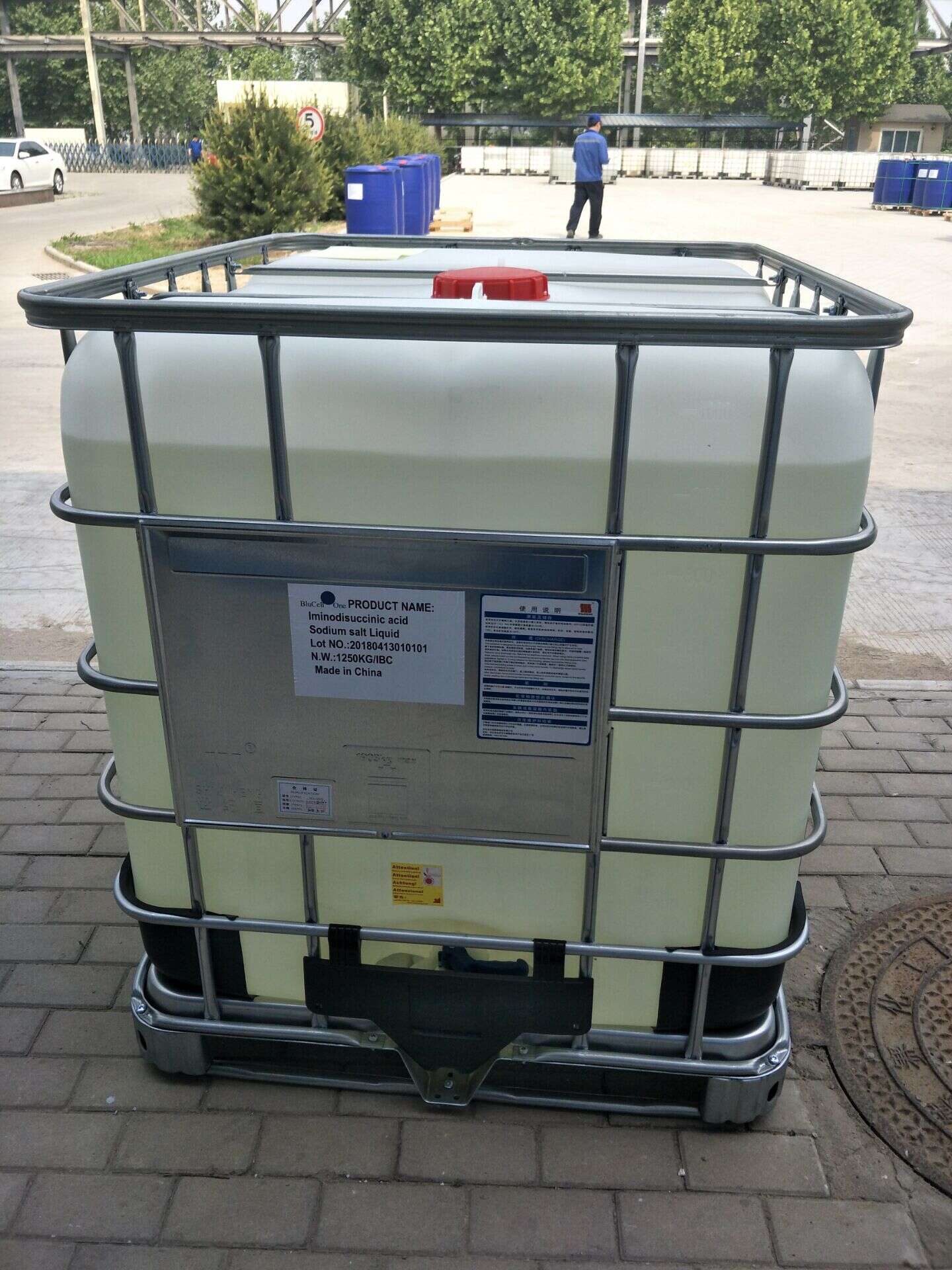-
Categories
-
Pharmaceutical Intermediates
-
Active Pharmaceutical Ingredients
-
Food Additives
- Industrial Coatings
- Agrochemicals
- Dyes and Pigments
- Surfactant
- Flavors and Fragrances
- Chemical Reagents
- Catalyst and Auxiliary
- Natural Products
- Inorganic Chemistry
-
Organic Chemistry
-
Biochemical Engineering
- Analytical Chemistry
-
Cosmetic Ingredient
- Water Treatment Chemical
-
Pharmaceutical Intermediates
Promotion
ECHEMI Mall
Wholesale
Weekly Price
Exhibition
News
-
Trade Service
Nepal's largest solar power plant is under construction in the Nuwakot region and is currently in the final stages
of construction.
The Nepal Electricity Authority (NEA) said the 25 MW power plant will start commissioning in April, with the first phase of 15 MW of installed capacity and the remaining 10 MW of power generation to be completed
in May.
NEA is currently identifying a suitable location close to the Trishuli Debighat hydroelectric power plant to establish the deployment of the power plant to generate the remaining 10 MW of electricity
.
According to a press release issued by the NEA, the electricity generated by the solar plant will be directly integrated into the national grid, and since it is not equipped with battery energy storage, the plant can only generate electricity
during the day when there is solar energy.
In addition, a new 66/33 kVA substation is being built to synchronize the solar energy
generated.
According to the NEA, a single panel will generate 275 watts of electricity, and each megawatt of electricity requires 1 hectare of land to install a sufficient number of panels
.
NEA general manager Kul Man Ghising and deputy general managers Hararaj Neupane and Bajrabhushan Chaudhary said during a recent site visit that it could take months to build a new substation, so existing 33kV transmission lines would have been used to carry power
.
"As the demand for energy grows every day, we will have to ensure that the electricity generated is not wasted and therefore will utilize existing infrastructure
," Ghising said.
”
Initially, the project was delayed
due to delays in design approval, disputes related to felling trees, and other issues.
Ghising informed that even on NEA's own land, it would take months to get permission from the Forestry Department to clear forest areas
.
The project is expected to address energy shortages caused by insufficient hydropower during the dry season
.
At present, the NEA has issued licenses to several companies to produce more than 500 megawatts of solar power plants
.
The NEA plans to adopt an 85:15 energy ratio, meaning that 85% of energy comes from hydropower and 15% from solar projects
.
As a result, NEA currently needs at least 200 megawatts of solar energy to meet its energy needs
.
Nepal's largest solar power plant is under construction in the Nuwakot region and is currently in the final stages
of construction.
The Nepal Electricity Authority (NEA) said the 25 MW power plant will start commissioning in April, with the first phase of 15 MW of installed capacity and the remaining 10 MW of power generation to be completed
in May.
NEA is currently identifying a suitable location close to the Trishuli Debighat hydroelectric power plant to establish the deployment of the power plant to generate the remaining 10 MW of electricity
.
According to a press release issued by the NEA, the electricity generated by the solar plant will be directly integrated into the national grid, and since it is not equipped with battery energy storage, the plant can only generate electricity
during the day when there is solar energy.
In addition, a new 66/33 kVA substation is being built to synchronize the solar energy
generated.
According to the NEA, a single panel will generate 275 watts of electricity, and each megawatt of electricity requires 1 hectare of land to install a sufficient number of panels
.
NEA general manager Kul Man Ghising and deputy general managers Hararaj Neupane and Bajrabhushan Chaudhary said during a recent site visit that it could take months to build a new substation, so existing 33kV transmission lines would have been used to carry power
.
"As the demand for energy grows every day, we will have to ensure that the electricity generated is not wasted and therefore will utilize existing infrastructure
," Ghising said.
”
Initially, the project was delayed
due to delays in design approval, disputes related to felling trees, and other issues.
Ghising informed that even on NEA's own land, it would take months to get permission from the Forestry Department to clear forest areas
.
The project is expected to address energy shortages caused by insufficient hydropower during the dry season
.
At present, the NEA has issued licenses to several companies to produce more than 500 megawatts of solar power plants
.
The NEA plans to adopt an 85:15 energy ratio, meaning that 85% of energy comes from hydropower and 15% from solar projects
.
As a result, NEA currently needs at least 200 megawatts of solar energy to meet its energy needs
.






